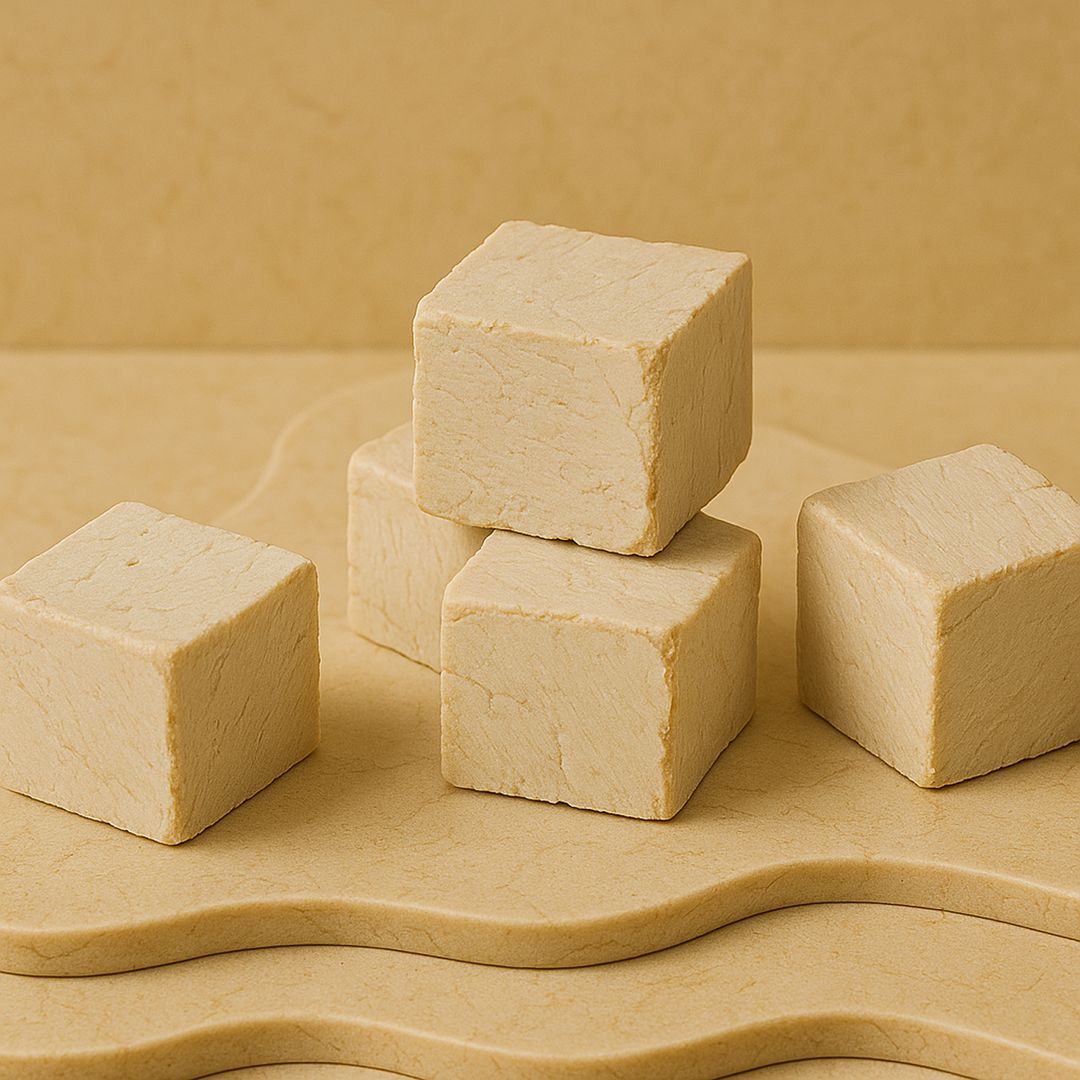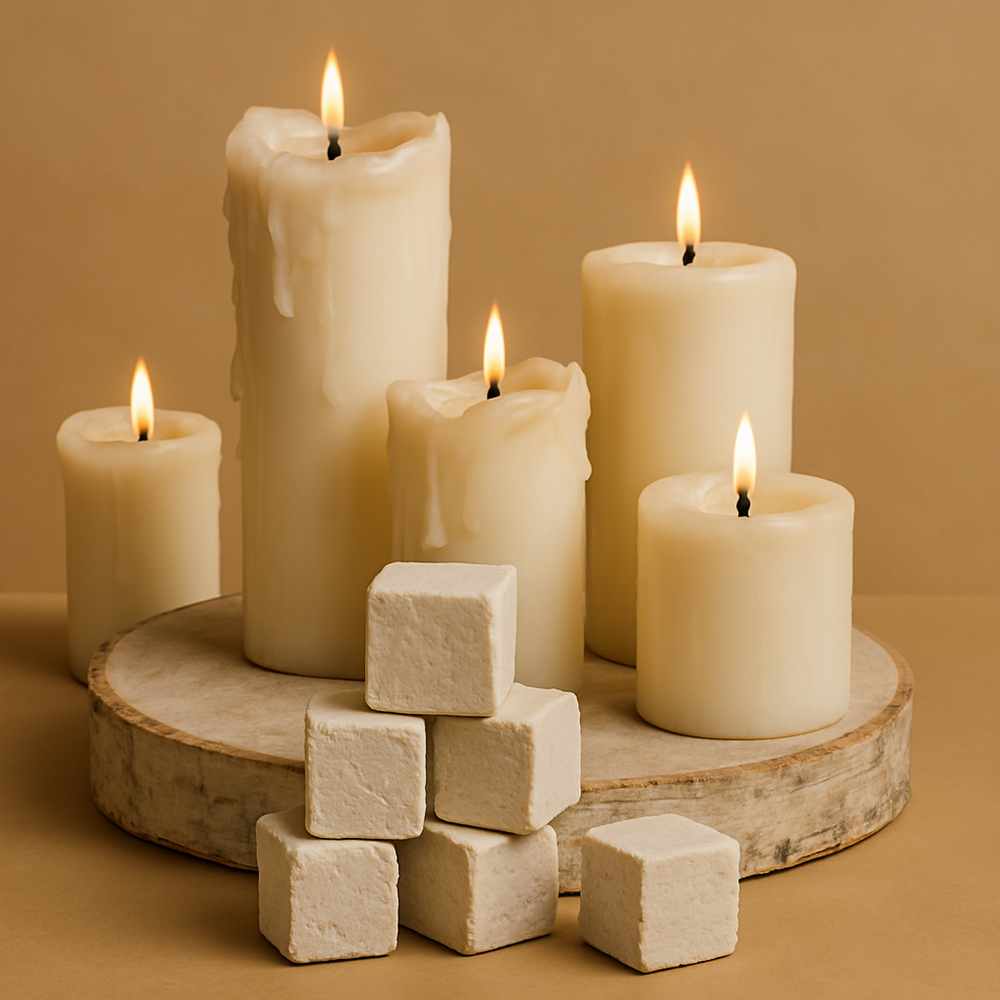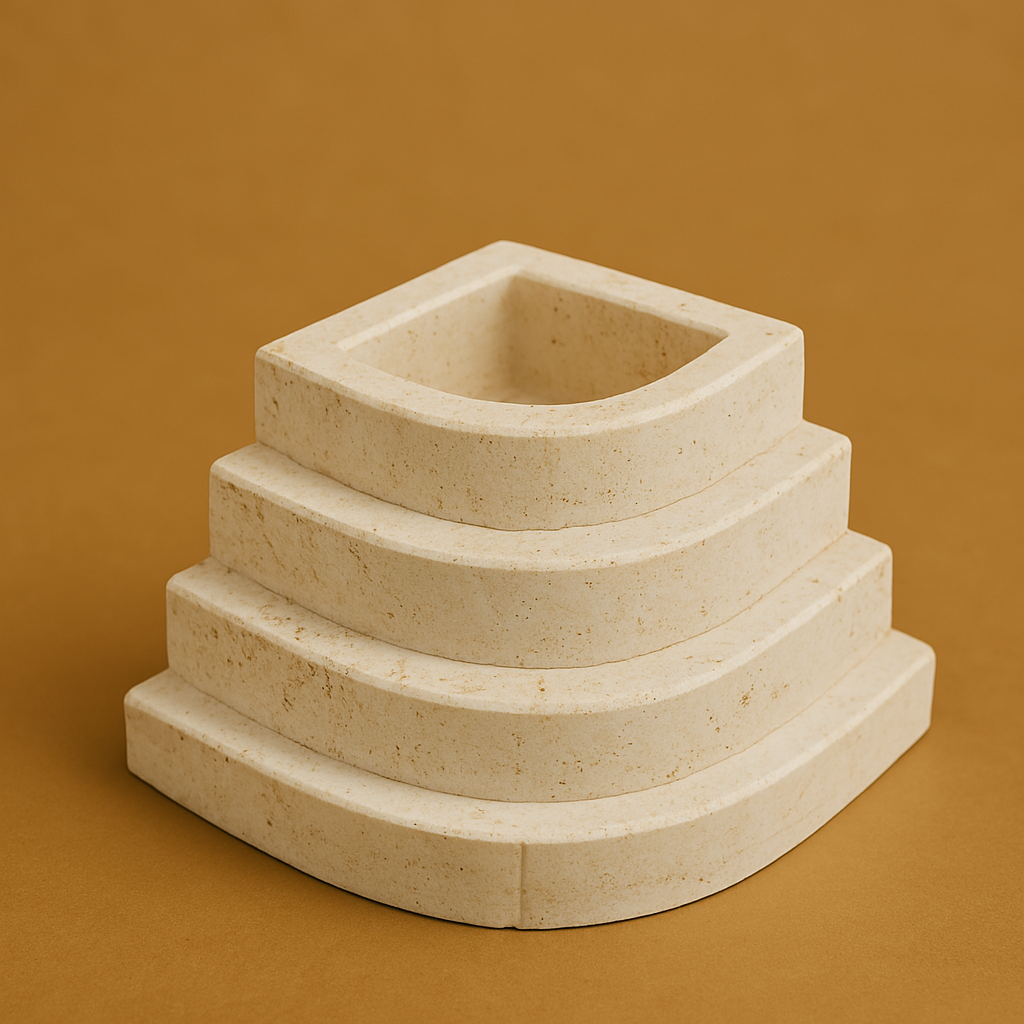Historical Overview- The Western Wall
The Western Wall, also known as the Wailing Wall or the Kotel, is an ancient limestone retaining wall located in the Old City of Jerusalem, Israel. It is considered to be the holiest site in Judaism and is a place of prayer and pilgrimage for Jews from all over the world. The wall was part of the Second Temple, which the Romans destroyed in 70 CE. Today, the Western Wall Plaza offers a space for public prayer, with separate sections for men and women. The Western Wall has been a site of religious and political significance for centuries and continues to be an important symbol of Jewish identity and heritage.
Why is the Western Wall considered holy? The Western Wall is a remnant of the ancient wall surrounding the Jewish Temple's courtyard in Jerusalem. It is made of Jerusalem stone, a type of limestone indigenous to the area. The wall has been a place of prayer, reflection, and mourning for centuries, symbolizing the Jewish nation's strength, resilience, and faith. It is believed that Jewish prayers uttered at the Western Wall are especially powerful, and many people come here to pray and offer written prayers in the crevices of the wall. The Western Wall is a reminder of the strength of the Jewish people and their unwavering faith in God.
Why is Jerusalem Stone unique? Jerusalem stone is a type of limestone quarried in the Jerusalem area and is used in many construction projects worldwide. It is recognized for its durability, characteristic pale yellow-white and reddish-brown color, and is one of the most popular materials used in traditional Middle Eastern architecture. Its properties make it ideal for outdoor use as it is plaster-proof and less susceptible to water damage. Jerusalem stone has a unique look that can be used to create stunning and eye-catching designs. What is the
history of the Western Wall? The Western Wall dates back to 19 BCE when King Herod built it to expand the Second Temple in Jerusalem. The temple was a central place of worship for Jews and is considered one of the most magnificent structures of its time. However, in 70 CE, the Roman Empire destroyed the Second Temple and much of Jerusalem, leaving the Western Wall as one of the only remaining structures. Over the centuries, the Western Wall has been a site of religious and political significance, as it has been claimed and controlled by various empires, including the Byzantine, Arab, Crusader, and Ottoman Empires. In the late 19th and early 20th centuries, Jewish immigration to Palestine increased, and the Western Wall became a central focus of the Jewish national movement. In 1948, following the establishment of the state of Israel, the Western Wall came under Israeli control and was designated a national shrine.









